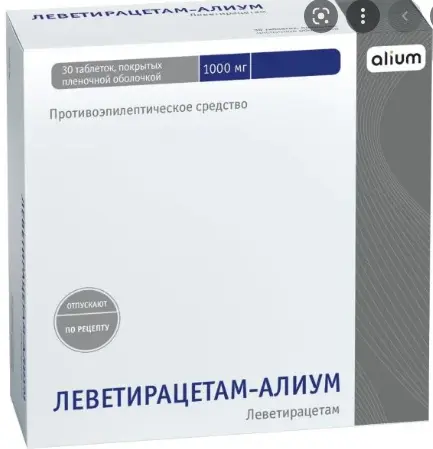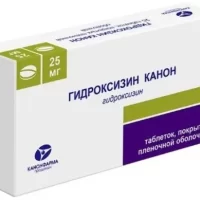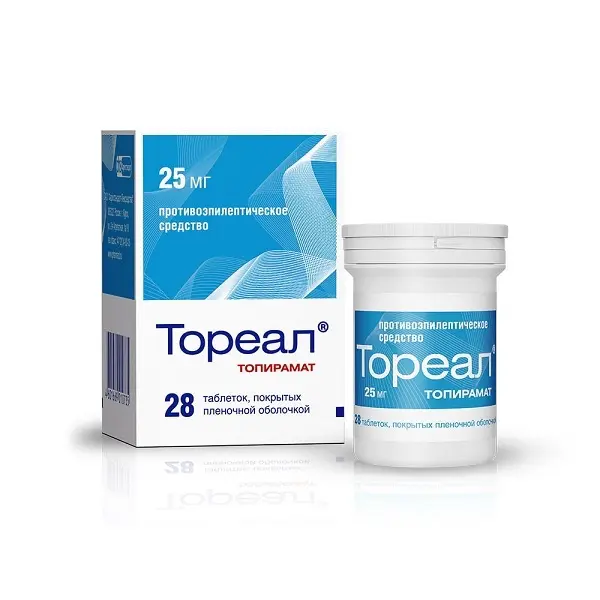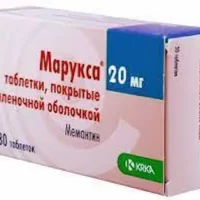Description
Levetiracetam-Alium Pharmacodynamics
Levetiracetam is a pyrrolidone derivative (S-enantiomer of ?-ethyl-2-oxo-1-pyrrolidine-acetamide), differs from known antiepileptic drugs by chemical structure.
Mechanism of action
The mechanism of action of levetiracetam is not fully understood.
In vitro and in vivo experiments have shown that levetiracetam does not affect basic cell characteristics and normal neurotransmission. In vitro studies have shown that levetiracetam affects the intraneuronal concentration of Ca2+ ions by partially inhibiting Ca2+ flow through N-type channels and reducing calcium release from intraneuronal depots. In addition, levetiracetam partially restores currents through gamma-aminobutyric acid (GABA) and glycine-dependent channels reduced by zinc and ?-carbolines. It was also determined in in vitro studies that levetiracetam binds to a specific site in brain tissue. The binding site is the synaptic vesicle protein 2A, which is presumably involved in vesicle fusion and exocytosis of neurotransmitters. Levetiracetam and related analogues differ in their binding affinity to synaptic vesicle protein 2A, which correlates with the degree of antiepileptic protection in an audiogenic epilepsy model in mice. This fact suggests that the interaction between levetiracetam and synaptic vesicle protein 2A clearly contributes to the anticonvulsant mechanism of action of the drug.
Pharmacodynamic effects
Levetiracetam induces antiepileptic protection in a variety of animal models of partial and primary generalized seizures without exhibiting pro-convulsive action. The main metabolite of levetiracetam is inactive.
In humans, the activity of levetiracetam against epilepsy with both partial and generalized seizures (epileptiform discharges / photoparoxysmal response) confirms its broad pharmacological profile.
Indications
As monotherapy in the treatment of:
– Partial seizures with or without secondary generalization in adults and adolescents from 16 years of age with newly diagnosed epilepsy.
As part of adjunctive therapy in the treatment of:
– Partial seizures with or without secondary generalization in adults and children from 6 years of age with epilepsy;
– myoclonic seizures in adults and adolescents over 12 years of age with juvenile myoclonic epilepsy;
– primary generalized tonic-clonic seizures in adults and adolescents over 12 years of age with idiopathic generalized epilepsy.
Contraindications
Hypersensitivity to levetiracetam or other pyrrolidone derivatives or to any of the other components of the drug.
Caution
Patients of advanced age (over 65 years).
Liver disease in decompensation stage.
Renal insufficiency.
Using during pregnancy and breast-feeding.
Women of childbearing age.
Women of childbearing age should consult a specialist. If the woman is planning to become pregnant, the appropriateness of levetiracetam administration should be reconsidered. As with other antiepileptic drugs, abrupt discontinuation of levetiracetam should be avoided because it can lead to epileptic seizures, which can have serious consequences for the woman and the unborn child. Whenever possible, monotherapy should be preferred because therapy with multiple antiepileptic drugs, compared with monotherapy, may be associated with an increased risk of congenital malformations.
Dosage and administration
- Inside, regardless of meals, with plenty of fluid.
- The daily dose of the drug is divided into two equal doses. After oral administration, a bitter taste of levetiracetam may be felt in the mouth.
- Monotherapy
- Adults and adolescents from 16 years of age should start treatment with a daily dose of 500 mg divided into 2 doses (250 mg twice daily). Two weeks later the dose can be increased to initially therapeutic – 1000 mg (500 mg twice daily). The maximum daily dose is 3000 mg (1500 mg twice a day).
- As a part of additional therapy.
- Adults and adolescents (12 to 17 years of age) with body weight over 50 kg should start treatment with a daily dose of 1000 mg divided into 2 doses (500 mg twice daily).
- Depending on clinical response and tolerability of the drug, the daily dose may be increased to a maximum of 3000 mg (1500 mg 2 times per day). The dose may be changed to 500 mg 2 times a day every 2 to 4 weeks.
- In children from 6 years old and adolescents (from 12 to 17 years old) with body weight less than 50 kg a daily dose of 20 mg/kg body weight divided into 2 doses (10 mg/kg body weight 2 times daily) should be started. The dose may be changed by 20 mg/kg of body weight (10 mg/kg of body weight 2 times/day) every 2 weeks until the recommended daily dose of 60 mg/kg of body weight (30 mg/kg of body weight 2 times/day) is reached. In case of intolerance to the recommended daily dose, its reduction is possible. The minimum effective dose should be used. The physician should prescribe the drug in the most suitable dosage form and dosage depending on the patient’s age, body weight and required therapeutic dose.
- Due to the lack of the required dosage form, the tablets are not intended for the treatment of children weighing less than 25 kg, when prescribing a dose of less than 250 mg, as well as for patients who have difficulties in swallowing.
- In these cases, it is recommended to start treatment with taking the drug in the form of a solution for oral administration.
- In children with body weight over 50 kg the dosage is carried out according to the scheme given for adults.





